Understanding the Dao Ethnic Group in Ha Giang
The Dao ethnic group in Ha Giang is one of the many ethnic communities that contribute to Vietnam’s rich cultural tapestry. Comprising more than 1.1 million people, the Dao constitute integral component of Vietnam’s varied ethnic scene. This MOTOGO Tours‘ article explores the cultural heritage and traditions of the Dao.
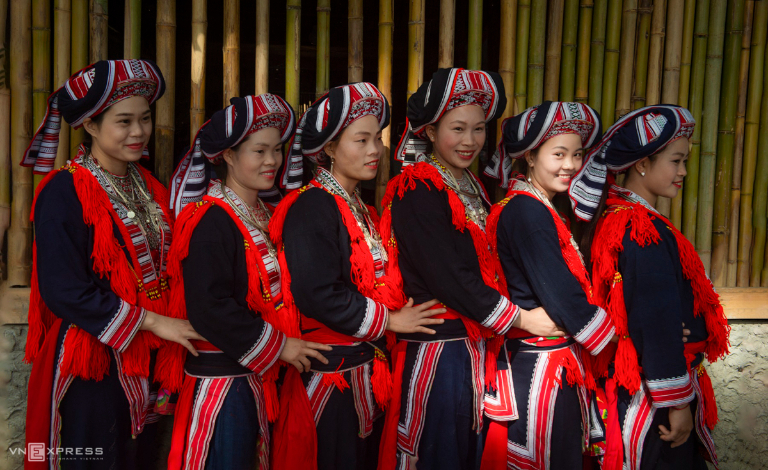
Introduction to the Dao Ethnic Group in Ha Giang
Mostly dwelling in Hoang Su Phi, a western area of Ha Giang Province, Vietnam, the Dao ethnic group is an interesting minority. Among the 12 ethnic minority groups in Ha Giang, the Dao people are distinguished for their vivid cultural traditions and rich legacy and customs.

Seeing the Dao’s hometown in Ha Giang is an amazing journey full of wonder at their varied and many cultural gems. Usually living in close-knit groups preserving their own way of life, the Dao community mostly lives on the mild slopes of hills and terraced fields. Usually built from wood, their homes have thatch or gourds on their roof, orientated against the mountains with their entrances facing rice paddies.
The Habitat of the Dao Ethnic Group in Ha Giang
The Dao people have adjusted to Ha Giang’s particular topography, building their houses in usually remote yet beautiful locations. Their farming methods depend much on this natural surroundings, which also shapes their way of life. Their subsistence depends on the terraced fields they raise, which let them produce rice and other crops fit for the mountainous topography.

The Dao’s living circumstances are evidence of their land-based connectedness and inventiveness. Using locally sourced warm and protective materials that reflect their cultural character, they create dwellings that blend with their surroundings. This architectural form highlights a harmonic interaction with the surroundings and reflects their ideas and respect of the environment, therefore transcending ordinary functionality.
Beliefs and Spiritual World of the Dao People
The Dao people have a very strong spiritual perspective based on a convoluted belief system that divides the universe into three worlds. They see a hierarchy of life: their ancestors and divine beings live in the lowest level; gods and spirits occupy the highest; humanity and nature dwell in the middle.
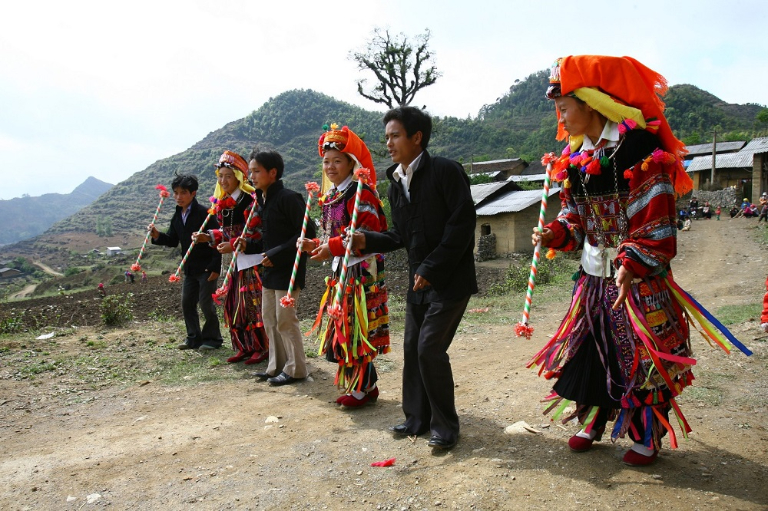
At the top of their spiritual hierarchy is Ngọc Hoàng, the Jade Emperor, then other gods, including Diêm Vương, the King of Hell, and ancestors honored in their customs. The Dao hold that every object in nature has a spirit that shapes their customs and rites. They commemorate these spirits via celebrations and ceremonies every year, therefore asking for good weather and abundant crops.
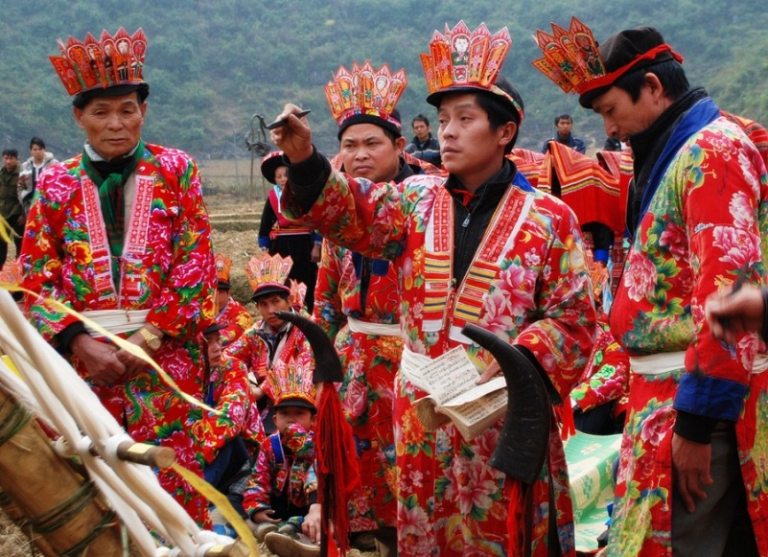
Their spirituality is not only intellectual; it permeates their daily activities and existence and shapes social behavior and communal interactions. This link to their values helps the Dao community to develop cohesiveness and strong identification.
Customs and Traditions of the Dao in Ha Giang
The Cap Sac Festival is rather important within the rich tapestry of Dao customs. This celebration marks a person’s coming of age and their active participation into society, therefore signifying their acceptability. The customs of this occasion are more than just formality; they reflect the personal journey into adulthood complete with obligations and social relations.
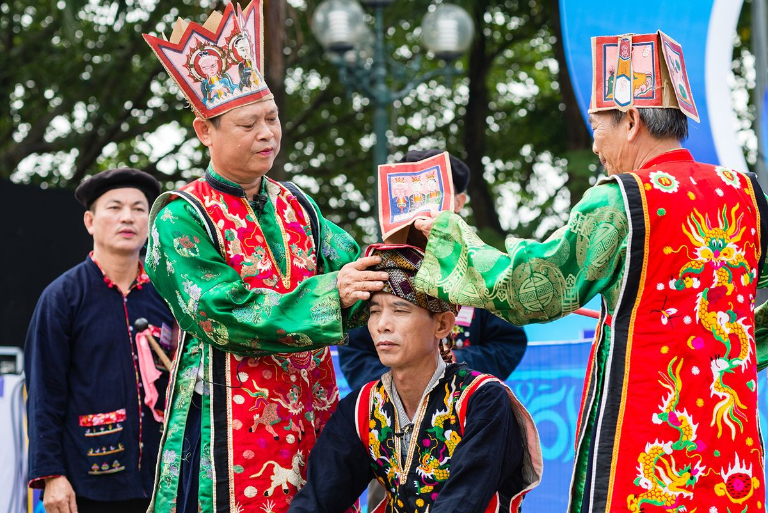
Bright ceremonies, traditional music, dance, and group dining define the Cap Sac Festival, so fostering a festive mood. Emphasizing the need of cultural continuity, such events help community members to feel like they belong and deepen the ties among them.
The Cultural Treasure of the Dao People
Folklore and narrative abound in the Dao’s cultural legacy. Their cultural identity is much enhanced by their collection of classic stories, which range from The Singing Fox to The Legend of Rice to The Origin of Humanity. Village leaders typically tell these tales to young people as both entertainment value and teaching technique to inspire pride in their background.

Apart from narrative, the Dao people participate in several original folk games reflecting their traditional values. For example, guests of Tan Phong Village can engage in customary sports and savor regional cuisine including Thang Den from Ha Giang and Bac Me Lam Rice. These encounters provide a close-up view of the Dao culture, therefore enhancing any trip to their own country.
The Art of Weaving: A Craft of the Dao Women in Ha Giang
Talking about the Dao ethnic group in Ha Giang, one cannot ignore their ancient embroidered brocade weaving technique. This ancient habit is not only a means of income but also a kind of artistic expression reflecting the Dao’s cultural identity and beliefs. The government and local groups have realized in recent years the value of maintaining this trade, which has resulted in projects meant to promote local artists and advance traditional culture.
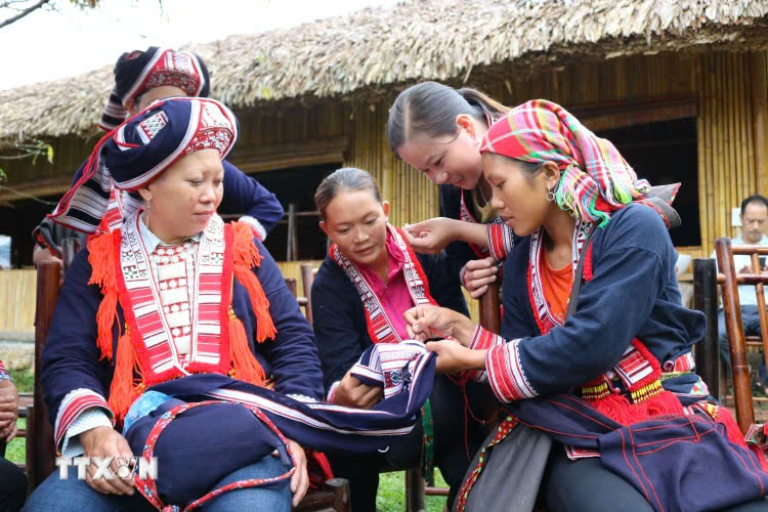
Thanks to these initiatives, the skill of weaving has started to flourish once more and piques younger generations’ curiosity. To guarantee the continuance of this important cultural activity, the government has given young women tools and training programs encouraging them to master the skill. The creation of neighborhood cultural centers lets women meet and cooperate, therefore promoting innovation and teamwork.
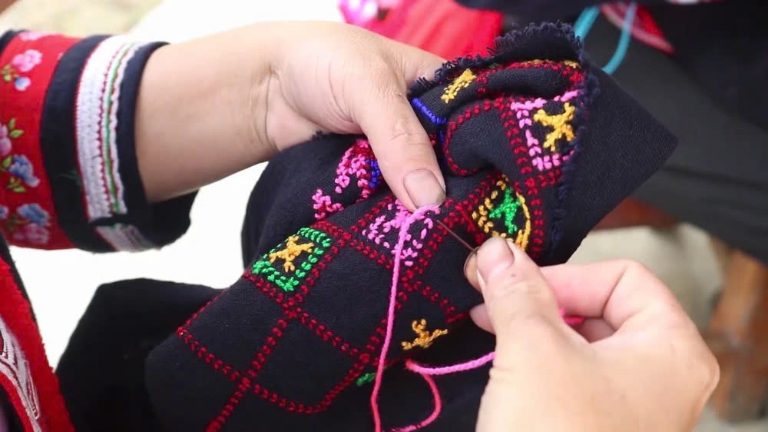
With every piece acting as a canvas for their cultural stories, the vivid colors and complex patterns of the Dao’s textiles tell tales of their legacy. Local marketplaces directly allow these handcrafted goods for sale, therefore making it simple for guests to experience and buy real Dao handicarticles.
Traditional Cuisine of the Dao Ethnic Group
The rich culture and way of life of the Dao ethnic group clearly reflect in their cuisine. Tucked in Ha Giang’s breathtaking scenery, these foods frequently reflect their farming methods and link to the soil.
Thang Co
Made from horse meat, herbs, and spices, Thang Co‘s robust soup is maybe the most famous meal of the Dao. Usually made in big pots over an open fire, it’s eaten during celebrations and big events. The cooking of the meal is a group effort that emphasizes the Dao’s sense of custom and community.
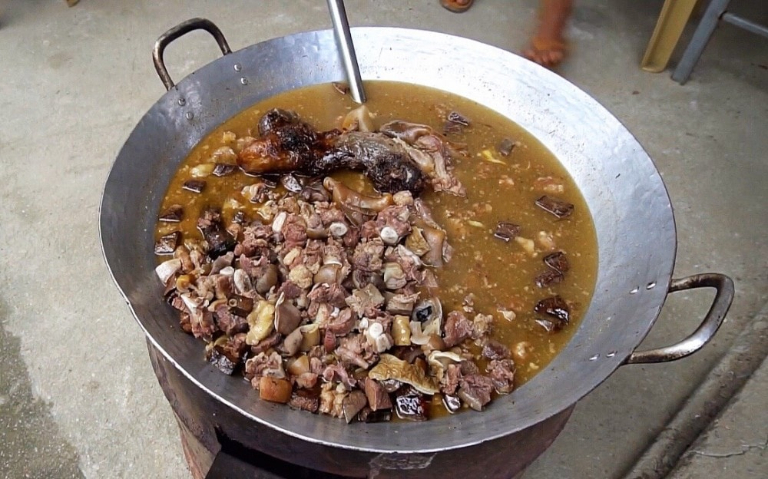
Sticky Rice with Various Fillings
Often seasoned with other ingredients, the Dao are renowned for their mouthwatering sticky rice. Sticky rice with mung beans and banana leaves is one well-liked variation that provides a wonderful combination of texture and sweetness. Common cuisine offered during holidays and family gatherings is this one.
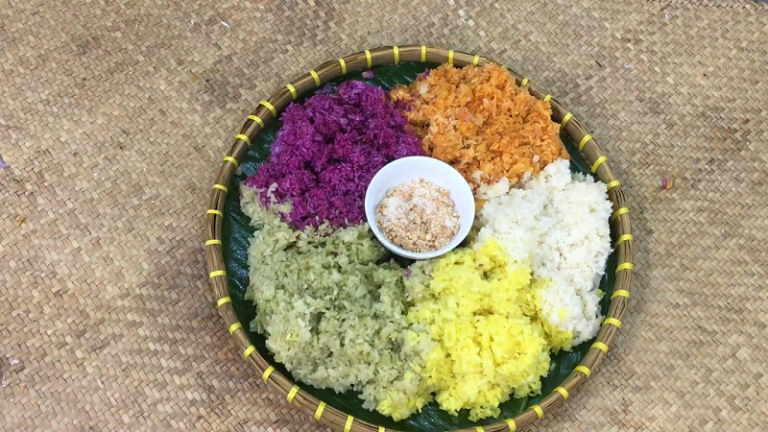
Pickled Vegetables
The Dao people pickled vegetables often to go with their meals. This habit not only protects the crop but also gives their food a sour crunch. Often seasoned with chile and garlic, common pickled vegetables are cucumbers, radishes, and cabbage.

Pork with Herbs
Usually made for family get-togethers, this is a classic meal consisting of slow-cooked marinated pork seasoned with fragrant herbs. The infusion of local herbs improves the taste, hence the main dish is rather delicious.
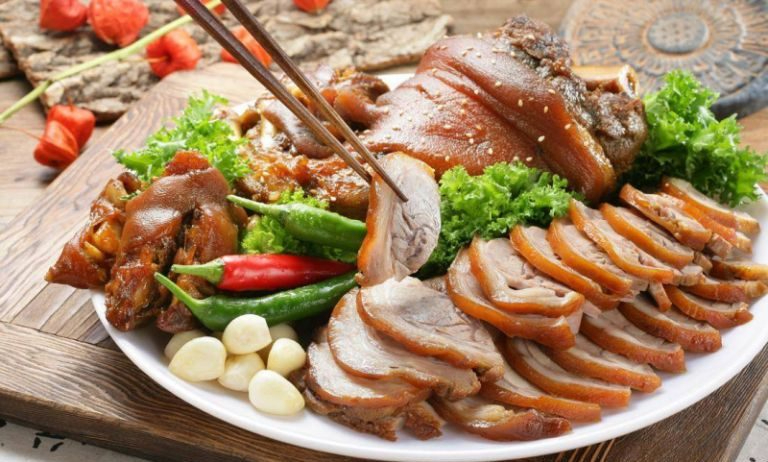
Challenges Faced by the Dao Ethnic Group in Ha Giang
Like many indigenous tribes, the Dao ethnic group in Ha Giang faces a great range of difficulties endangering their cultural integrity and quality of life. Here we explore some of the main difficulties the Dao people face:
1. Modernization and Cultural Preservation
Many ethnic minority groups, especially the Dao, find themselves struggling with the fast speed of modernizing as Vietnam keeps developing socially and economically. Even the most far-off communities now have urbanization, technology, and globalization.

Urban lives are driving younger generations’ rising influence, which is causing a slow decrease in customs and behaviors. Modern trends could overwhelm the colorful celebrations, historic customs, and traditional attire defining the Dao identity.The Dao language is also under danger since Vietnamese language dominates media and education.
2. Socio-Economic Challenges
Particularly in Ha Giang, the Dao minority struggles greatly with socioeconomic issues that impede their quality of life and growth. Many Dao homes rely on subsistence farming, which is sometimes inadequate to cover their requirements. Restricted resources, contemporary farming methods, and markets can all help to reinforce poverty cycles.
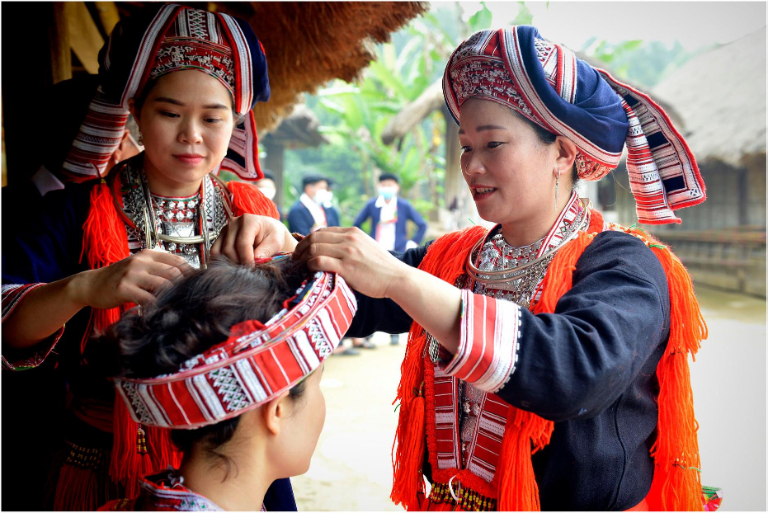
In rural settings, access to education still presents a difficulty. Children from the Dao community could encounter challenges including distance to schools, language problems, and cultural alienation from the curriculum that diminish their educational attainment and limit their employment prospects.
3. Environmental Degradation
The Dao people’s way of life and agricultural methods are intimately related with their surroundings. Their livelihoods are being threatened, though, by environmental changes. The Dao struggle with deforestation, soil erosion, and loss of biodiversity as industrial activity and agricultural development intrace on their territory. Their food supplies may be compromised as well as their relationship to the ground suffers from this degradation.
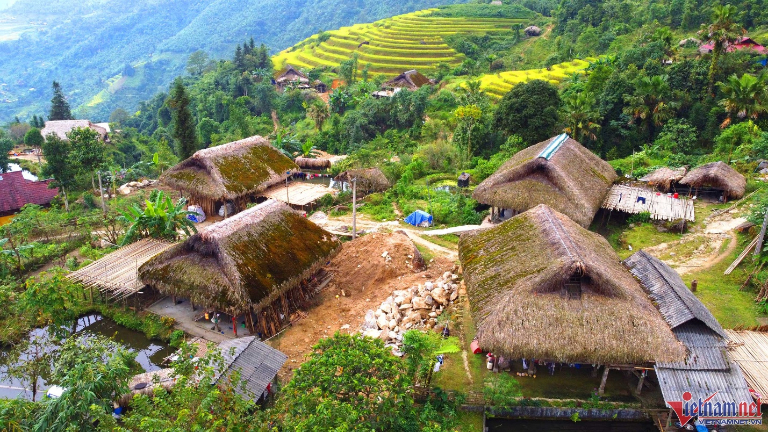
The Dao ethnic group in Ha Giang represents a vibrant part of Vietnam’s cultural mosaic. They are a wonderful group worth visiting for their own customs, spiritual beliefs, and fortitude against contemporary obstacles. Our growing knowledge of the Dao helps us to value the variety that enhances the cultural scene of Vietnam.
Related Posts:
- Cultural Highlights of the Pa Then Ethnic Group in Ha Giang
- Exploring Culture of the Hmong People Ethnic Group in Ha Giang
- Lo Lo Ethnic Minority Group in Ha Giang: Insights into Their Way of Life

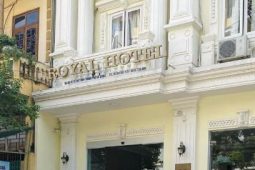
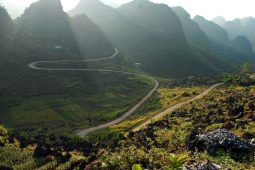
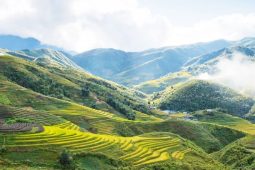

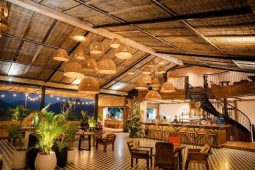
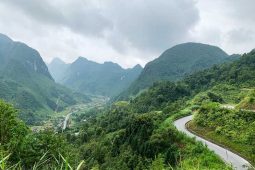

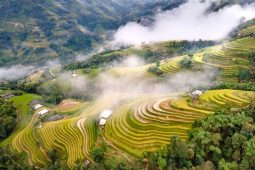

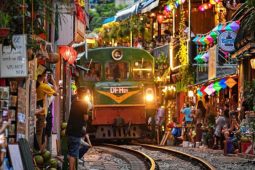
Be the first to comment!